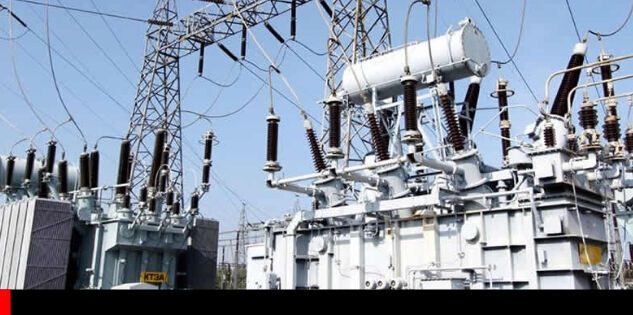EXPLAINER: Why Nigeria’s Power Grid is Failing so Frequently
From Businessday Nigeria
Nigeria’s creaking grid with a transmission wheeling capacity of 8,100MW cannot move more than 5,000MW without the entire system cranking up. Within the last 25 days of 2022, the grid has collapsed three times.
Nigeria’s national power grid is prone to frequent collapses, with the resulting power shortages proving an obstacle to economic growth and investment in Africa’s most populous nation.
The World Bank estimates that the Nigerian economy loses $29 billion a year due to its unstable power supply, which causes electricity blackouts across the country.
Here is why Nigeria’s grid is failing.
WHAT CAUSES BLACKOUTS?
Nigeria’s aging power infrastructure is at the heart of the crisis. Transmission lines and substations, some of which are more than 40 years old, are prone to frequent failures.
The government-owned Transmission Company of Nigeria (TCN) reports average transmission losses of 7.79 megawatts for every 100 megawatts injected into the grid.
Years of under-investment have left the grid susceptible to tripping when demand fluctuates unexpectedly, said Lagos-based energy lawyer Ayodele Oni.
Compounding this is vandalism and attacks on transmission infrastructure, especially in Nigeria’s north. In the last two years, TCN recorded 108 attacks on its towers and lines.
Another major factor is that Nigeria, with a population of more than 200 million people, only generates and distributes a third of its installed generation capacity of 13,500 megawatts.
And despite having the world’s seventh-largest gas reserves, Nigeria produces less than 10% of the electricity generated by South Africa, a country with a population a third the size.

